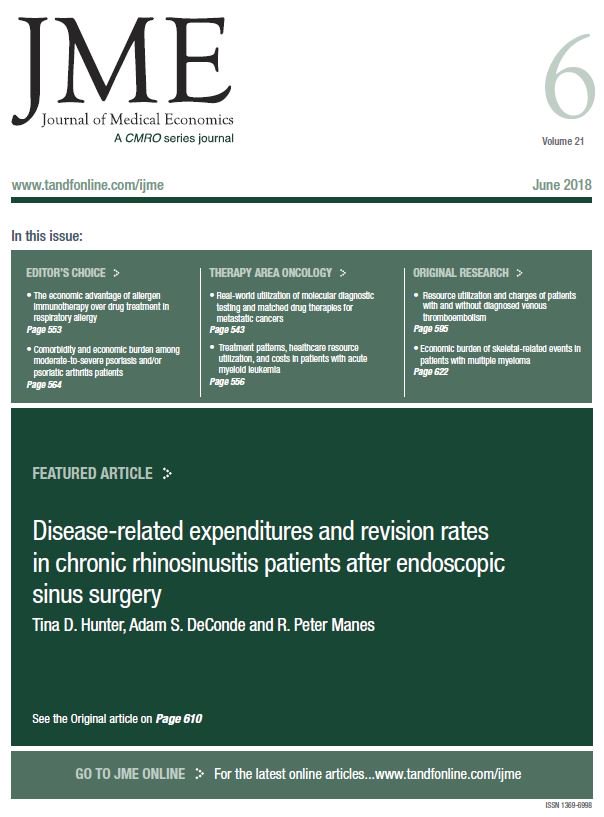
Cost-effectiveness analysis of hyaluronic acid for the treatment of osteoarthritis knee pain
Journal of Medical Economics (17(5):326-337)
This study utilized two decision analytics models comparing bioengineered hyaluronic acid (BioHA) to the patient’s baseline conventional care (CC). The two models consisted of different assumptions: CC with no assumption of disease progression (Model 1), or CC including escalating care costs due to disease progression (model 2). The models were based off of a trial of 586 patients receiving either intra articular BioHA or intra articular saline. Outcomes of interest was the average utility (QALY) gain, cost per QALY gained, and incremental cost-effectiveness ratio (ICER). The results revealed that BioHA is less costly and more effective than CC, and is below a willingness-to-pay threshold of $50,000 per QALY gained, depending on the model used.
Unlock the full ACE Report
You have access to {0} free articles per month.Click below to unlock and view this {1}
Unlock NowCritical appraisals of the latest, high-impact randomized controlled trials and systematic reviews in orthopaedics
Access to OrthoEvidence podcast content, including collaborations with the Journal of Bone and Joint Surgery, interviews with internationally recognized surgeons, and roundtable discussions on orthopaedic news and topics
Subscription to The Pulse, a twice-weekly evidence-based newsletter designed to help you make better clinical decisions
Exclusive access to original content articles, including in-house systematic reviews, and articles on health research methods and hot orthopaedic topics
Or upgrade today and gain access to all OrthoEvidence content for just $1.99 per week.
Already have an account? Log in


Subscribe to "The Pulse"
Evidence-Based Orthopaedics direct to your inbox.
{0} of {1} free articles
Become an OrthoEvidence Premium Member. Expand your perspective with high-quality evidence.
Upgrade Now












































































